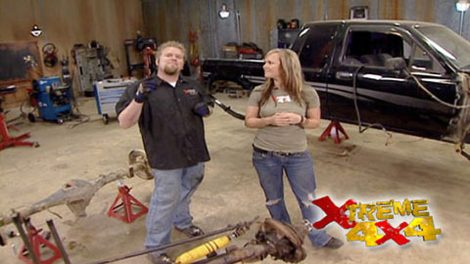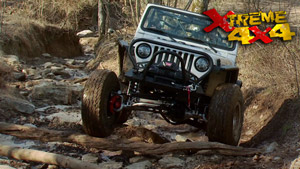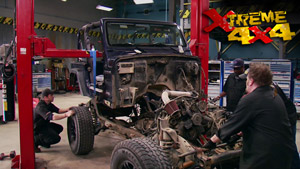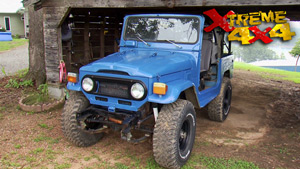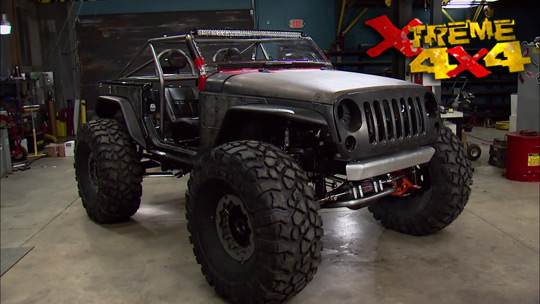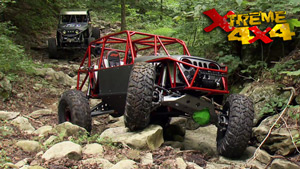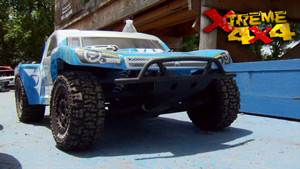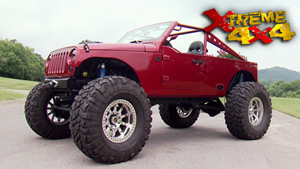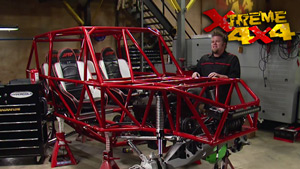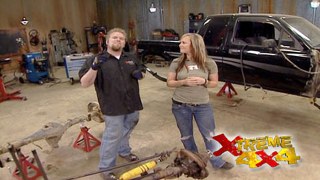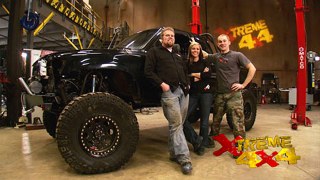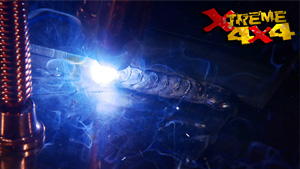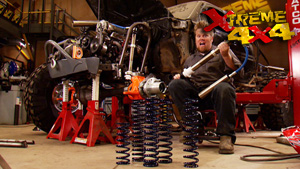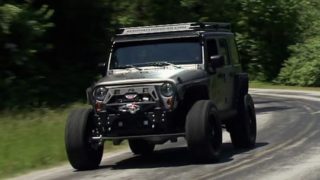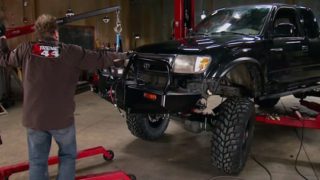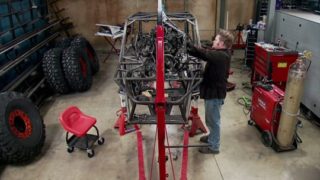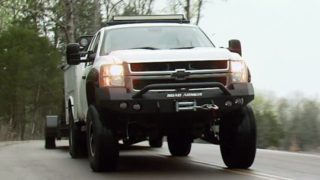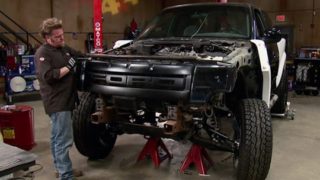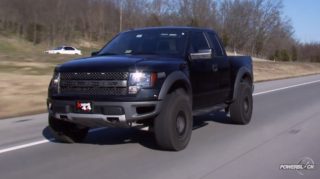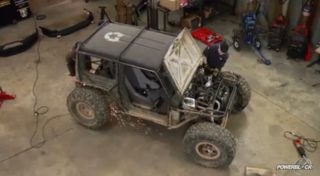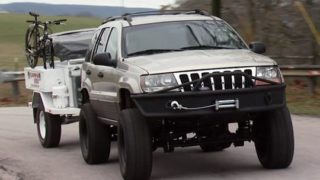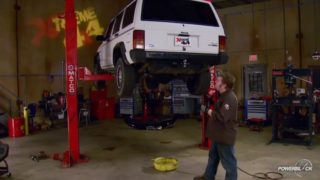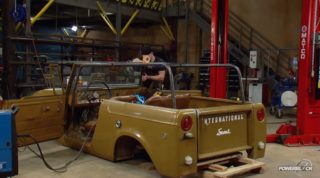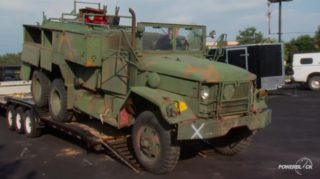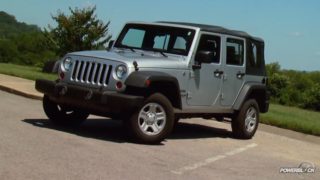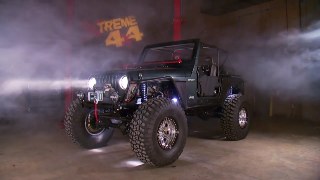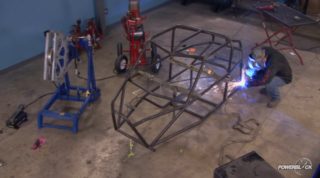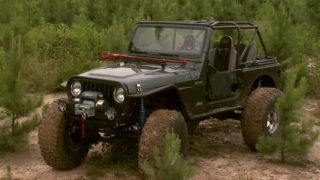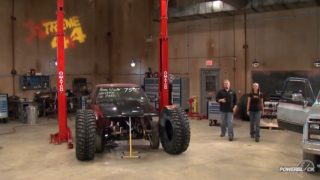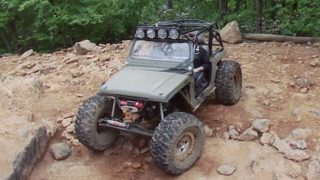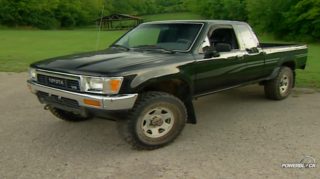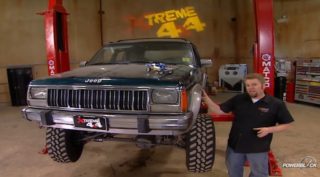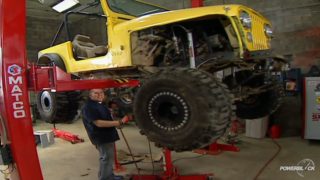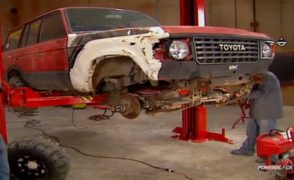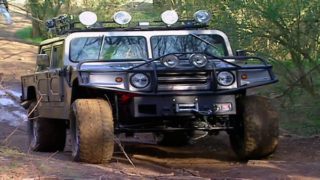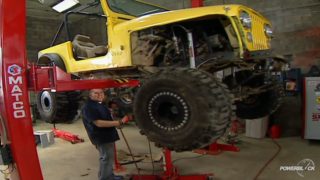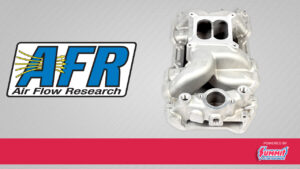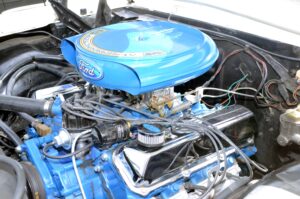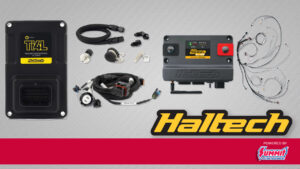More Toyota Mini Episodes
Xtreme 4x4 Builds
Want more content like this?
Join the PowerNation Email NewsletterParts Used In This Episode
Chevrolet Performance
Engine belt pulley system; the same parts they use on their crate engines.
Mayhem Off-Road Park
A new off-road park in McMinnville, TN with 17 trails on 85 acres, a mud bog track / obstacle course, plus 23 acres to park any size truck or trailer. This place is full of nothing but rocks!
<br><br>
Contact Marvin Fults, Mayhem Off Road Park, 505 Thaxton Road, McMinnville, TN 37110 or email him at
zukezilla@yahoo.com
Pertronix
Patriot Exhaust V8 S10 Swap Headers.
Ramsey
Patriot 9500 UT winch. Efficient 5.5 HP motor for increased pulling power. Semi-automatic clutch for fast, easy self recovery. 12 Volt Front Mount. Proven 3-stage planetary gear system design for fast line speed. Fully integrated solenoid assemblies. Motor and solenoids ground directly to battery. Automatic load breaking for strength and reliability. Wireless remote control.
Stak 4x4
Monster Box 3 Speed Transfer Case with optional gearing ratios of a high 1:1, a mid-range of 2.43:1, and a low of 4.33:1; passenger or drivers side front output, 32 spline heavy duty output shafts, your choice of available yokes, and a universal shifter.
